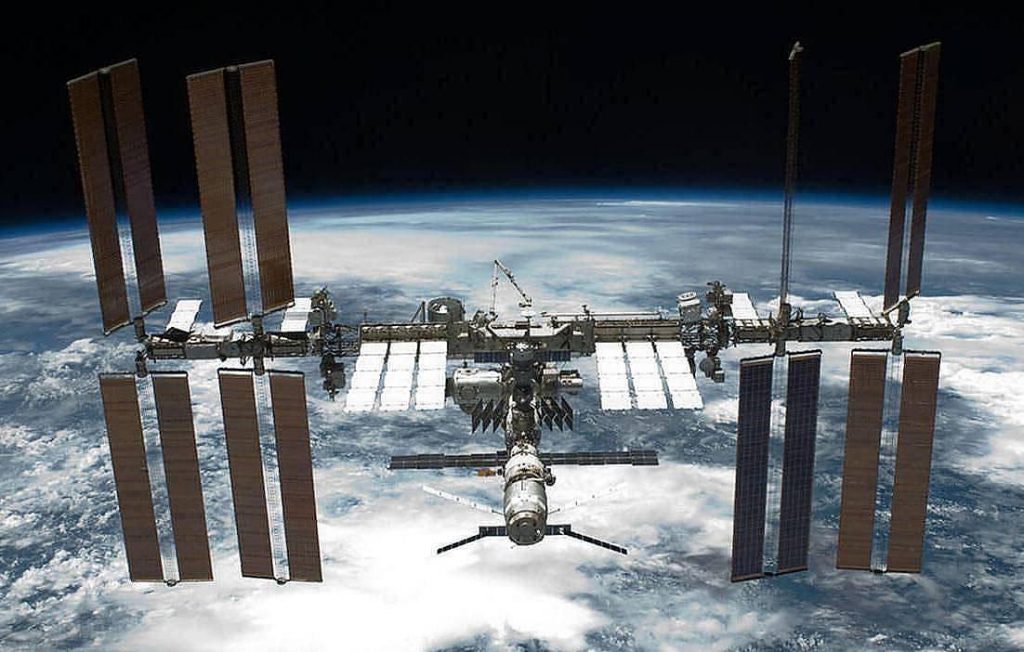Last month, Russian astronauts noticed expanding cracks in a part of the International Space Station (ISS), raising the possibility of exposing the internal atmosphere to space. While NASA has stated that the structural damage does not pose an immediate risk, a former astronaut Bill Shepherd who spoke to Congress on Tuesday, stated that the cracks are a “major issue.”
Cracks in the International Space Station are a “fairly serious” problem, and there are “probably others we haven’t found yet,” according to Bill.
Both Russian and NASA engineers have looked into the problem on the ISS, which was launched in 1998, and “don’t exactly understand why these cracks are opening now,” Bill added.
In August, Russian Cosmonaut Vladimir Solovyov issued a warning concerning cracks in the International Space Station’s Zarya module. Solovyov is the Russian sector of the International Space Station’s flight director. NASA has indicated that the cracks do not pose a safety risk to astronauts at this time. However, bill’s remarks shed new light on the matter.
Shepherd has been in orbit four times aboard space shuttles. In the year 2000, he led the first crew to the International Space Station. However, in the meeting, he stressed that he’d learned more about the damage to the station after attending two sessions with NASA’s ISS Advisory Committee. “While the cracks are small — they look like scratches on the surface of the aluminium plate,” he began, “there are probably something like a half dozen of them.”
It is not the first time in ISS’s 20-year history that there has been an issue. The space station is showing signs of wear and tear. Some of the space station’s older components can be found on the Russian side.
In September 2019, the Zvezda module of the International Space Station began leaking air. The astronauts have living quarters in the module. The hole was eventually patched, and no one was hurt.
In July, shortly after docking with the ISS, Russia’s latest module, Nauka, abruptly began firing its engines. As a result of the 540-degree spin, the ISS flipped upside down.

